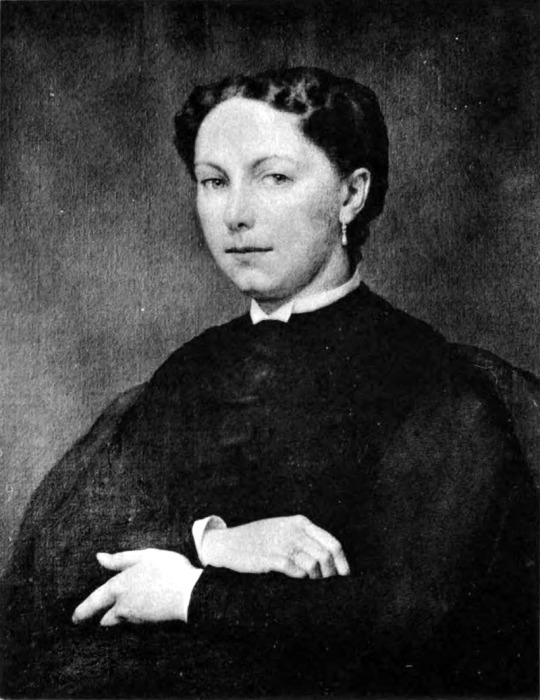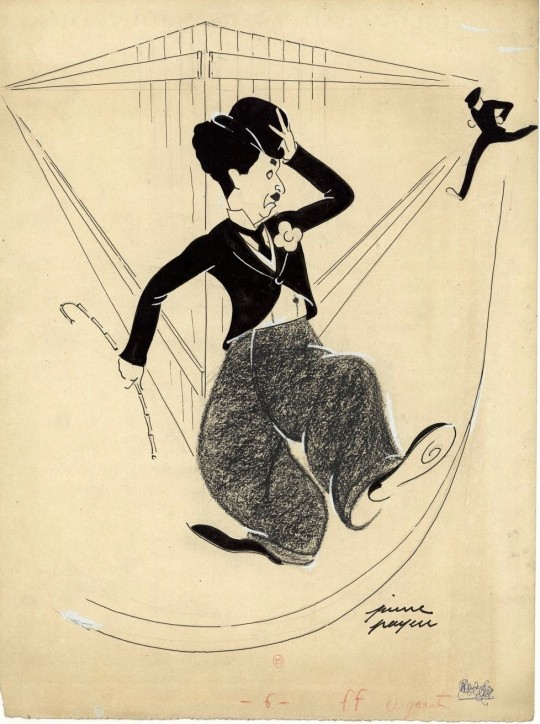#Payen
Explore tagged Tumblr posts
Link
TAEVision 3D Mechanical Design Parts EngineParts Aftermarket Payen gaskets seals SealingProducts ▸ TAEVision Engineering on Pinterest ▸ TAEVision Engineering on Google Photos
Data 093 - Jun 01, 2023
#TAEVision#engineering#3d#mechanicaldesign#parts#engineparts#aftermarket#Payen#gaskets#seals#sealing products#SealingProducts
1 note
·
View note
Text
Podrick Payne : sir-lady-sir brienne what is BDSM stand for?
brienne: big...darn...sword maiden
Podrick Payne : then, sir-Lord commander Jamie must love BDSM 
#podrick payne#brienne of tarth#house tarth#house payen#jamie lannister#asoiaf#valyrianscrolls#house lannister#jaime x brienne
125 notes
·
View notes
Text

Are you a fan of the Payen PA-22?
@Tempest_books via X
21 notes
·
View notes
Text

#liam payne#liam93productions#thedailypayne#liam payen gifs#lpgifs#2023#event: HAUS Of Dreamers Paris#our gifs#fpg*
36 notes
·
View notes
Note
uh hi transmasc paya anon, idk if this sounds notpicky but uh, for the Transmasc version of Paya his names Payen (yes I couldn’t think of a better one) so uhh just keep that in mind ig.
also yay!! Link and Zelda + Kakariko throw him a part for being 6 months hrt in totk yipeee!!! (Zelda gets his celebration later dw!!)
hope this doesn’t sound to demanding, I’m just happy you decided to do it have a wonderful day :)

not picky actually having direction on how to draw payen is very good and helps a ton LOL when people just ask for a trans hc/au of a character in a different direction then canon i have no idea what they want because there are so many different ways to transition. even just saying he's on HRT is great for that. the sheika men have great facial hair so it's easy to assume payen would be excited to grow his out
#i dont know much about and also dont rlly like totk so idk. this is wghatever#i just looked at the design for sheika men and put payen in it w/ adjustments like the hair and the bronze eye clip on his sash#loz paya#my art#inbox#loz payen
6 notes
·
View notes
Text
Kiu Kacham
"Plus en détail, durant ces années-là: en 1947 commence l'entraînement de VANG PAO par l'Armée Française, qui voit en lui un atout militaire face a [S]es ennemis communistes" | "Il devient caporal l'année suivante" | "Son influence, tant parmi les Hmongs que parmi les Français est grandissante"(p78) || "Puis en 1950, le Père Yves BERTRAIS, un prêtre et anthropologue Français, prend son vélo et arrive au village de Kiu Katiam (》'Kiu Kacham'《), au Laos, dans la montagne des Gaurs, à plus de 1000 mètres d'altitude" || "C'est dans ce village qu'il rencontre YA JA NO, un Hmong qui lui offre l'hospitalité. Il va alors se passionner pour le peuple Hmong"(p79). in (V)LYFOUNG. HMONG. 2-2023.éd DELCOURT. coll ENCRAGES. 158pp.
#vicky LYFOUNG#HMONG#earthquake MacGoon#graphic novel#de_COLONIALISM#Ciryl PAYEN#Chine#Laos#Thaïlande#BēDē
4 notes
·
View notes
Text

Alix Payen, née le 18 mai 1842, a marqué l'histoire comme ambulancière et épistolière durant la Commune de Paris en 1871. Son engagement dans l'un des épisodes les plus tumultueux de l'histoire française marque une rupture avec les conventions sociales de son époque.
Issue d'une famille bourgeoise et socialiste, elle passe son enfance en Savoie, région alors indépendante du régime de Napoléon III. Dès son plus jeune âge, Alix se distingue par son esprit indépendant et son intérêt pour les questions sociales et politiques, influencée en partie par les idéaux révolutionnaires qui circulent dans la France du XIXe siècle.
Cependant, c'est la Commune de Paris qui devient le catalyseur de son engagement actif. En 1871, lors de l'insurrection populaire qui prend le contrôle de Paris, Alix se joint aux communards, montrant un courage et une détermination exceptionnels. Durant le siège de Paris par les Prussiens en 1870-1871, puis lors de la Commune de Paris, elle s'implique activement comme ambulancière, accompagnant le bataillon de son époux et portant secours tant aux combattants de la Commune qu'aux soldats versaillais. Elle partage ainsi les conditions éprouvantes des communards, intervenant en première ligne dans les tranchées à l'ouest de Paris dès avril 1871. Sa détermination ne s'arrête pas là : elle endosse également le rôle de combattante, se battant aux côtés des hommes pour défendre les idéaux de la Commune. Son engagement va à l'encontre des normes de genre de son temps, où les rôles de combat sont presque exclusivement réservés aux hommes. Cependant, elle doit mettre un terme à son engagement sur le front à la suite de la grave blessure de son mari en mai 1871.
Après la défaite de la Commune, Alix Payen est arrêtée et fait face à la répression brutale qui s'abat sur les communards. Malgré les risques et les menaces, elle ne renonce pas à ses convictions et continue de défendre les principes pour lesquels elle a combattu.
Sa participation à la Commune est principalement documentée grâce à la correspondance qu'elle envoie à sa famille, dans laquelle elle détaille la vie quotidienne des communards et souligne le rôle des femmes dans ce mouvement insurrectionnel.
Veuve et sans ressources après la chute de la Commune, Alix se tourne vers l'art pour subvenir à ses besoins, notamment en peignant et en coloriant des photographies. Dans les années 1880, elle rejoint sa famille dans une communauté fouriériste, connue sous le nom de « La Colonie », établie dans un phalanstère à Condé-sur-Vesgre (Yvelines). Ce phalanstère, inspiré des théories socialistes utopiques de Charles Fourier, fonctionne sur le principe de coopération et de vie communautaire.
Alix continue à écrire des lettres sur sa vie au sein de cette communauté, témoignant de son parcours et de ses convictions. Sa correspondance fut ultérieurement incluse dans une biographie familiale publiée par son frère cadet dans une revue de l'époque.
Alix Payen s'éteint en 1903 à l'âge de 61 ans, laissant derrière elle un héritage important en tant que témoin et actrice de l'un des événements majeurs de l'histoire de France. Elle demeure non seulement un symbole de la participation des femmes dans les mouvements révolutionnaires, mais aussi un témoignage de la lutte pour l'égalité et la justice sociale. Sa vie, marquée par le courage, la résilience et la fidélité à ses convictions, inspire encore aujourd'hui ceux et celles qui luttent pour le changement social et l'égalité des sexes.

Portrait d'Alix Payen par son frère Paul Milliet.
#Alix Payen#Commune de Paris#Femme combattante#Histoire française#Egalite des sexes#Revolution#Biographie
3 notes
·
View notes
Text

Titled - Charlot on the Run by Pierre Payen, circa 1929/1930.
9 notes
·
View notes
Link
TAEVision 3D Mechanical Design Parts AutoParts EngineParts Aftermarket FederalMogul Nüral Goetze AE Payen Glyco National ▸ TAEVision Engineering on Pinterest ▸ TAEVision Engineering on Google Photos
Data 086 - Apr 16, 2023
#TAEVision#engineering#3d#mechanicaldesign#parts#autoparts#engineparts#aftermarket#FederalMogul#Nural#Nüral#GOETZE#AE#Payen#GLYCO#National
1 note
·
View note
Text
Aurélie Payen, az Emily Párizsban sminkmestere elárulja a titkot
Aurélie Payen, az Emily Párizsban sminkmestere elárulja a titkot
Bőrápolás, francia módra Ha te is kiszúrtad a LUNA™ 4 mini-t Emily Cooper pipere polcán az Emily Párizsban legújabb évadjának előzetesében, akkor már tudhatod, hogy a hibátlan ‘franciás porcelánbőr’ titka a tiszta és gondosan ápolt arcbőr. A bőrápolás alapvető fontosságú – Aurélie Payen, a sikersorozat sminkmestere, egyben a FOREO márkanagykövete nem csak ismeri, de el is árulja a titkot, amitől…
0 notes
Text
Auguste Antoine Joseph Payen (12 November 1792 - 18 January 1853), also known as Antoine Payen the Younger, was a Belgian painter and naturalist. He was born in Brussels and died in Tournai. His father, Antoine Payen the Elder, was an architect.
Payen was commissioned by Dutch King William I to create a series of paintings of the landscape of the Dutch East Indies. One of these works, The Great Postal Route near Rejapolah, painted in 1828, hangs in the Rijksmuseum in Amsterdam.
While in the Dutch East Indies in 1819, Payen met an eight-year-old Raden Saleh and, recognizing his talent for drawing, became Saleh's first mentor. Saleh would follow Payen to Europe three years after Payen's departure from Java in 1826.

The Great Postal Route near Rejapolah, Auguste Antoine Joseph Payen, 1828
45 notes
·
View notes
Text

Ship in a storm, by Emmanuel Payen (1811-1889)
131 notes
·
View notes
Text
As urban populations boom, urban agriculture is increasingly looked to as a local food source and a way to help combat inequitable food access. But little is known about how productive urban agriculture is compared to conventional, rural farming. A new study digs in, finding urban gardeners and hydroponics can meet and sometimes exceed the yields of rural farms. “Despite its growing popularity, there’s still quite a lot we don’t know about urban agriculture, like whether the yields are similar to conventional agriculture, or even what crops are commonly grown,” says Florian Payen, an environmental scientist at Lancaster University and lead author of the study, published today in AGU’s journal Earth’s Future. The new study compiles studies on urban agriculture from 53 countries to find out which crops grow well in cities, what growing methods are most effective, and what spaces can be utilized for growing. The researchers find that urban yields for some crops, like cucumbers, tubers and lettuces, are two to four times higher than conventional farming. Many other urban crops studied are produced at similar or higher rates than in rural settings. Cost efficiency remains an open but important question. Most studies on urban agriculture have focused on green spaces, such as private and community gardens, parks and field growing operations. Payen’s work includes “gray” spaces — places in cities that are already built but could be used for growing, such as rooftops and building facades. In both green and gray spaces, the study examines a suite of crops grown in soils versus hydroponics, horizontal versus vertical farming, and natural versus controlled conditions. “Surprisingly, there were few differences between overall yields in indoor spaces and outdoor green spaces, but there were clear differences in the suitability of crop types to different gray spaces,” Payen says. Certain crops like lettuces, kale and broccoli are more naturally suited to be grown vertically in indoor spaces than others. “You can’t exactly stack up apple trees in a five- or ten-layer high growth chamber,” he says, “though we did find one study that managed to grow wheat stacked up like that.” Other crops, like watery vegetables (e.g., tomatoes) and leafy greens, performed well in hydroponic environments. And crops grown in fully controlled environments can be grown throughout the year, allowing harvests to happen more times per year than in open-air environments, which leads to higher annual yields. But scientists will need to keep studying these systems to plan cost-effective agriculture solutions. The finding that urban agriculture can have similar or greater yields to conventional agriculture “is exactly what we have been waiting for in the urban agriculture research community,” says Erica Dorr, an environmental scientist at AgroParisTech who was not involved in the study.
848 notes
·
View notes
Text
Hugues de Payens or Payns (9 February 1070 – 24 May 1136) was the co-founder and first Grand Master of the Knights Templar. In association with Bernard of Clairvaux, he created the Latin Rule, the code of behavior for the Order.

10 notes
·
View notes
Text



Captured PA-22 with Luftwaffe markings, a French experimental aircraft designed by Nicolas Roland Payen. 1942
97 notes
·
View notes
